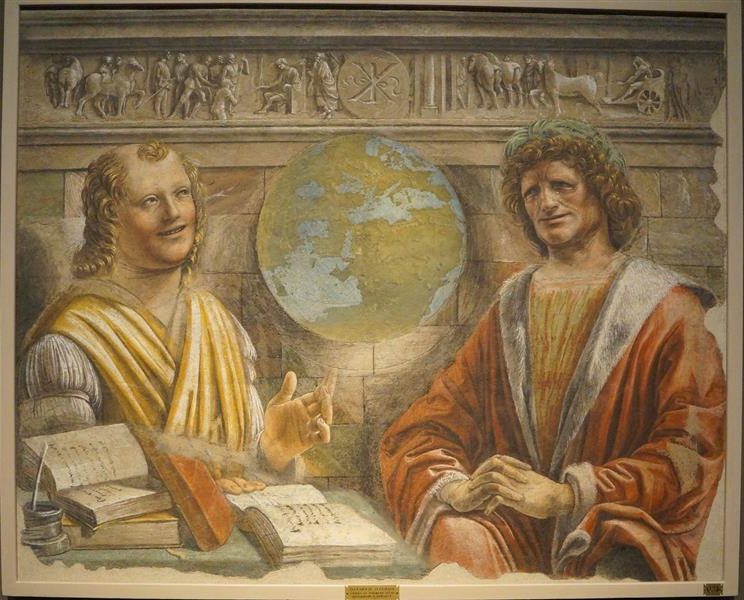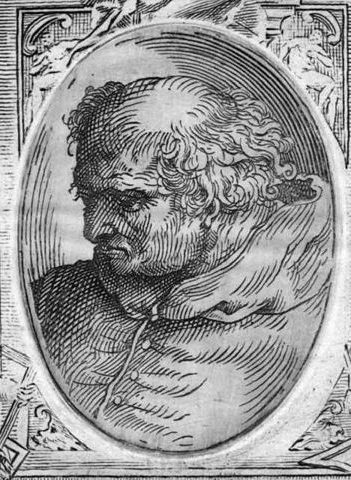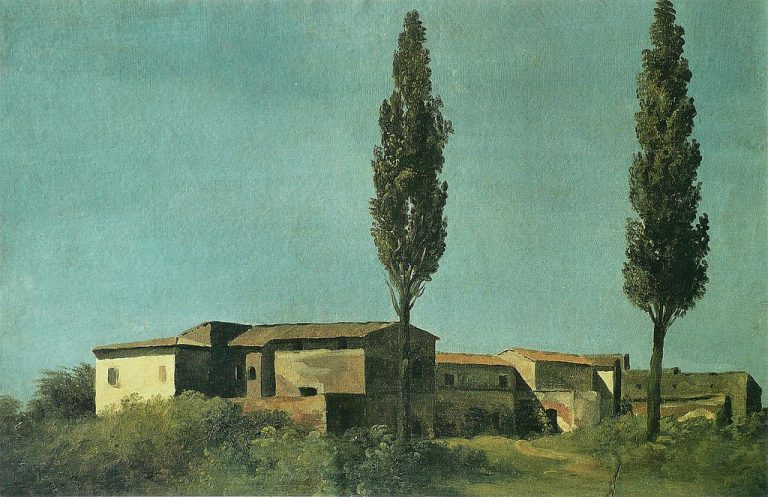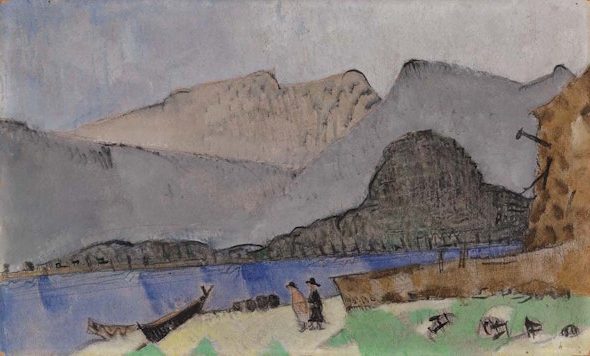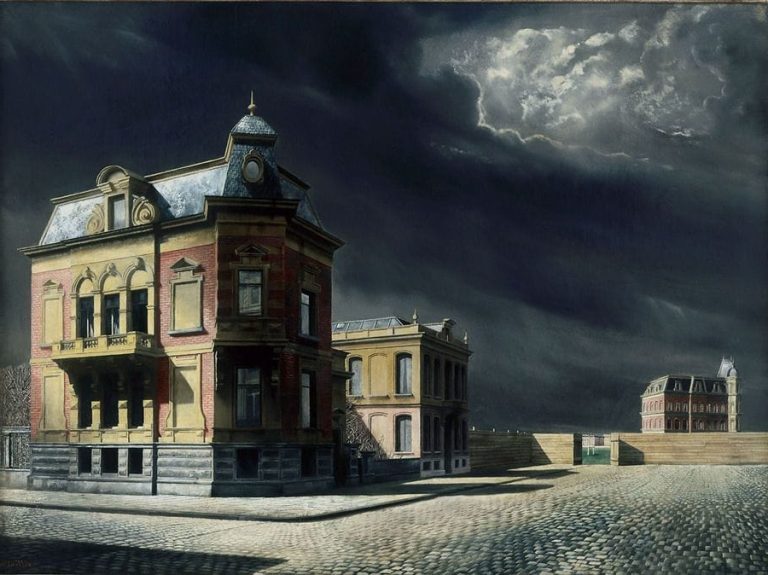Donato Bramante Painter: Renaissance Master of Architecture and Art
Born: 1444, Fermignano, Duchy of Urbino (Italy)
Death: 11 April 1514, Rome, Papal States (Italy)
Art Movement: High Renaissance
Nationality: Italian
Teacher: Piero della Francesca
Donato Bramante Painter: Renaissance Master of Architecture and Art
Life and Career of Donato Bramante
Donato Bramante was a key figure in Renaissance architecture and art. He made important contributions as both a painter and architect, working in Milan and Rome during his career.
Early Years and Training
Bramante was born in 1444 near Urbino, Italy. His father noticed his talent for drawing as a child. He likely trained as a painter in Urbino, which was an important art center at the time.
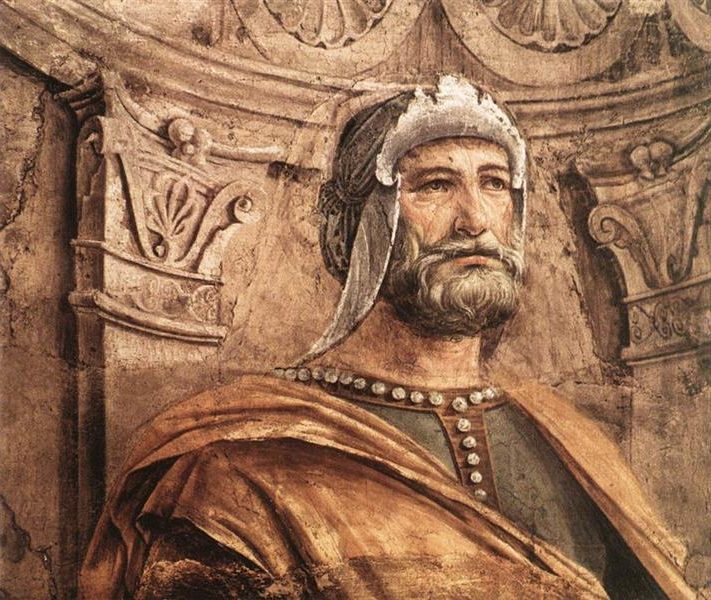
Aramato (1487) by Donato Bramante
Bramante may have studied under Piero della Francesca, a famous Renaissance painter.
In his early career, Bramante worked as a painter in Milan. He created works like “Christ at the Column” in the church of Santa Maria presso San Satiro. But he soon turned his focus to architecture.
Key Projects and Patrons
Bramante moved to Milan in 1474. He found a patron in Ludovico Sforza, the Duke of Milan. For Sforza, he worked on projects in Milan and Vigevano.
His first major building was Santa Maria presso San Satiro church in Milan.
In 1499, Bramante moved to Rome. There he designed St. Peter’s Basilica, his most famous work. He also created the Tempietto, a small temple that showed his mastery of classical style.
Influence and Relationships
Bramante played a big role in bringing Renaissance ideas to Milan and Rome. He worked with other famous artists of the time. In Milan, he knew Leonardo da Vinci. In Rome, he taught the young Raphael.
Bramante helped shape the High Renaissance style in architecture. His work at St. Peter’s influenced later architects. He used math and geometry to create balanced, harmonious designs.
His talent as both painter and architect let him create buildings with a strong sense of space and light. This mix of skills made him a leader in Renaissance art and building design.
Architectural Philosophy and Style
Donato Bramante’s architectural approach blended Renaissance ideals with innovative spatial concepts. He focused on harmony, proportion, and classical elements in his designs.
Adopting the Renaissance Ideals
Bramante embraced key Renaissance principles in his work. He used symmetry and balance in building layouts. Classical orders like Doric columns were common in his designs.
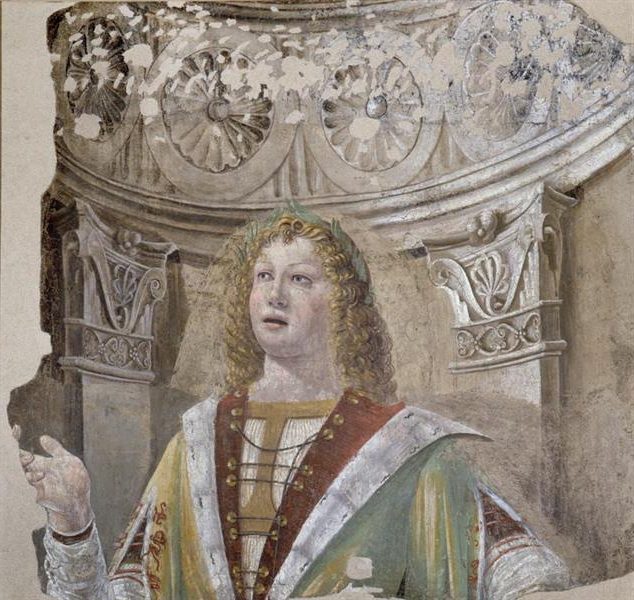

Bramante studied ancient Roman structures for inspiration. He aimed to revive the grandeur of antiquity in his projects.
His work showed a deep understanding of classical architecture. Bramante often used Greek cross plans in his churches. This layout created a sense of unity and centrality.
He favored simple geometric shapes and clean lines. These elements reflected the Renaissance focus on rational design.
Pioneering Perspective and Space
Bramante was a master of spatial design. He used perspective to create dramatic visual effects. His buildings often featured trompe-l’oeil elements. These tricks of the eye made spaces seem larger or different than they were.
He was influenced by earlier architects like Brunelleschi and Alberti. Bramante built on their ideas about perspective and space. He created new ways to use light and shadow in architecture.
His designs often had a sense of openness and flow between areas.
Bramante’s work in Rome showed his skill with space. He designed St. Peter’s Basilica with a centralized Greek cross plan. This layout created a grand, open interior. It was a bold new take on church design for its time.
Masterworks and Legacy
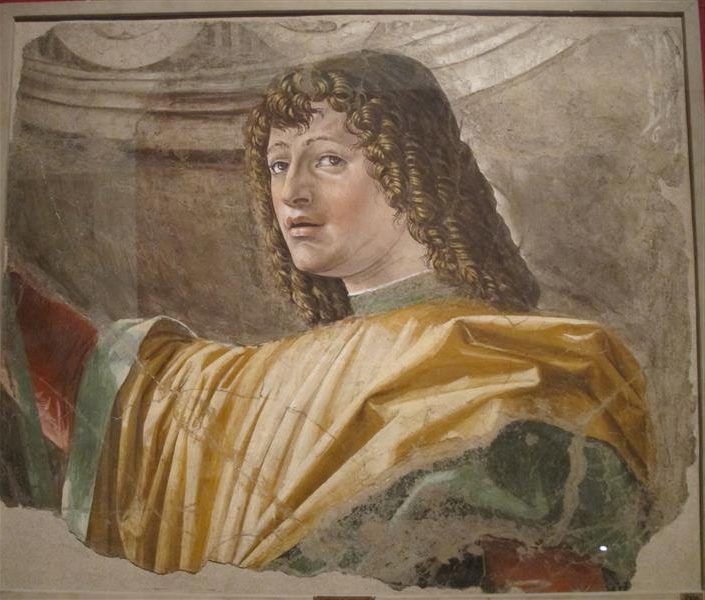
Uomo dall’Alabarda (Man with a Halberd, 1487) by Donato Bramante
Donato Bramante left an indelible mark on Renaissance architecture through his groundbreaking designs and innovative approach. His work in Vatican City and beyond shaped the course of Western architecture for centuries to come.
Vatican City Commissions
Bramante’s crowning achievement was his work in Vatican City. Pope Julius II hired him to design St. Peter’s Basilica in 1506.
His bold plan featured a massive central dome and Greek cross layout. Though not fully realized in his lifetime, it set the direction for the iconic basilica.
The Belvedere Court was another major Vatican project. Bramante connected the Vatican Palace to the Villa Belvedere with long corridors. He used different levels and staircases to unify the sloping site.
His famous Bramante Staircase in the Vatican Museum showcased his mastery of geometry and proportion. The double helix design allowed people to ascend and descend without meeting.
Final Works and Influence on Art
In his later years, Bramante designed the small but influential Tempietto at San Pietro in Montorio. This round temple is seen as a perfect example of High Renaissance architecture. Its harmony and classical elements inspired many later buildings.
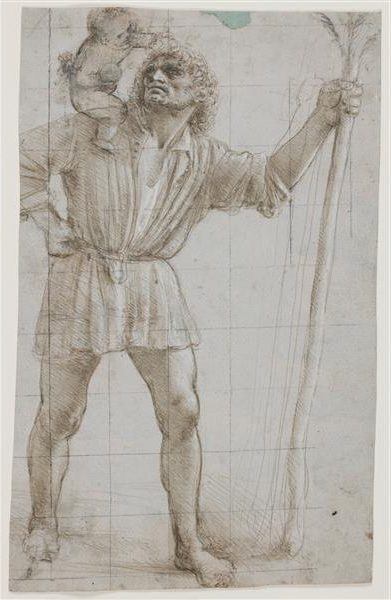
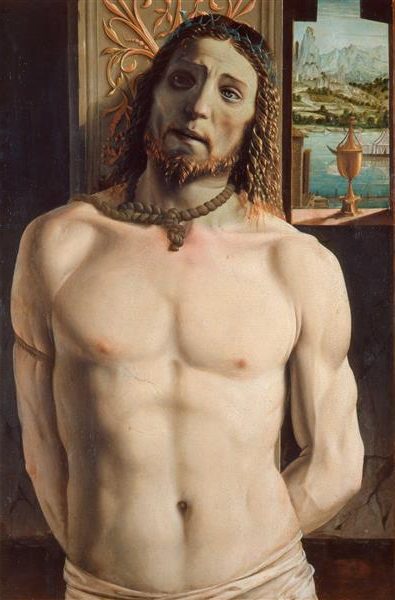
Bramante’s Palazzo Caprini in Rome, though now destroyed, pioneered the use of rusticated stonework on the ground floor with a smoother facade above. This style became widely copied.
His early work on Santa Maria delle Grazie in Milan shows his skill in blending Renaissance ideas with local traditions. The church’s dome and apse are considered masterpieces of proportion and light.
Bramante’s influence spread far beyond his own works. His ideas shaped the next generation of architects and artists, including Raphael and Michelangelo.
Frequently Asked Questions
Donato Bramante was a key figure in Renaissance architecture and painting. He made important contributions that shaped the artistic landscape of his time.
What are some interesting facts about Donato Bramante?
Bramante was born in 1444 in Urbino, Italy. He started his career as a painter before turning to architecture.
Bramante met Leonardo da Vinci in Milan. Their interactions likely influenced Bramante’s architectural ideas.
He moved to Rome in 1499, where he created some of his most famous works.
What contributions did Donato Bramante make to the Renaissance?
Bramante helped develop the High Renaissance architectural style. He brought classical Roman elements into his designs.
His most famous work is the Tempietto, a small circular temple in Rome. It shows perfect symmetry and proportion.
Bramante also started the redesign of St. Peter’s Basilica in Vatican City. This project set new standards for church architecture.
How did Donato Bramante pass away?
Bramante died on April 11, 1514 in Rome. He was about 70 years old at the time of his death.
The exact cause of his death is not known. He was working on St. Peter’s Basilica until shortly before he died.
What is distinctive about Donato Bramante’s architectural style?
Bramante’s style focused on harmony and balance. He used geometric shapes and symmetry in his designs.
His buildings often featured domes, columns, and arches inspired by ancient Roman architecture.
Bramante aimed for clear, simple forms. He avoided excessive decoration in favor of elegant proportions.
Can you list additional notable works by Donato Bramante?
Besides the Tempietto and St. Peter’s Basilica, Bramante designed several other important buildings:
- The church of Santa Maria presso San Satiro in Milan, known for its fake choir.
- The cloister of Santa Maria della Pace in Rome, with its elegant arches and columns.
- The Cortile del Belvedere in the Vatican, a grand courtyard linking two papal palaces.
Who inspired Donato Bramante’s work?
Bramante was inspired by the work of earlier Renaissance architects like Filippo Brunelleschi.
The ancient Roman architect Vitruvius influenced Bramante’s ideas about proportion and harmony.
Bramante’s time in Urbino exposed him to the work of artists like Piero della Francesca, which shaped his early style.

